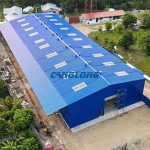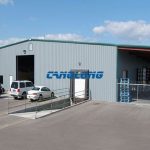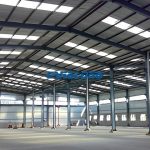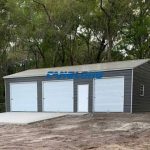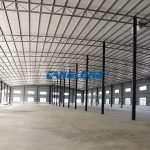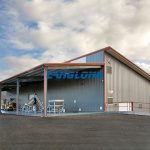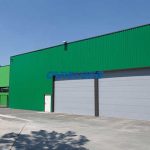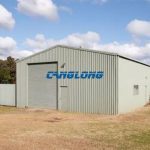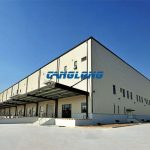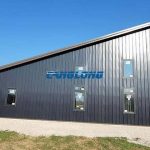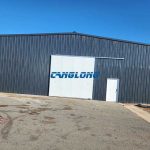What does the structural design of metal warehouse buildings include?
Metal warehouses are an important type of building, and they are often used to store large quantities of items and equipment. When designing a metal warehouse, structural design is critical. This article will explore what and what is included in the structural design of metal warehouse buildings.
First of all, the structural design of the metal warehouse building needs to consider the load of the building. These loads include the weight of the building itself, the weight of stored items, the weight of attached equipment, and possible meteorological conditions (such as wind, snow, earthquakes, etc.). To ensure that the structure of the metal warehouse can withstand these loads, designers need to perform detailed load calculations and structural analysis.
Secondly, the structural design of the metal warehouse needs to consider the shape and size of the building. These factors will affect the stability and sustainability of the building. Therefore, designers need to determine the optimal shape and size of the building to ensure that it can remain stable and safe under different weather conditions.
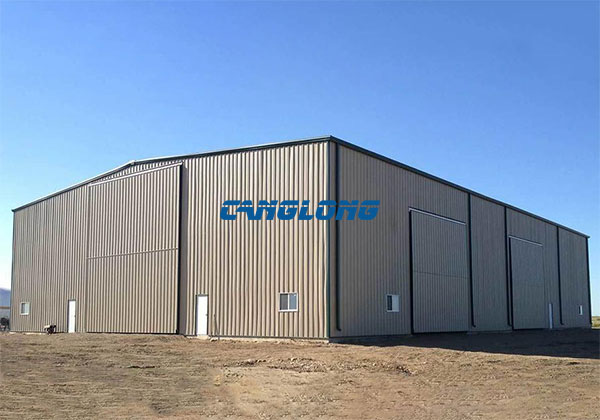
Third, the structural design of metal warehouse buildings needs to consider the choice of building materials. Metal is a commonly used material because of its high strength and durability, which can withstand a large number of loads and weather conditions. However, designers need to choose the proper metal type and thickness to ensure the durability and stability of the building.
Fourth, the architectural structure design of the metal warehouse needs to consider the supporting system of the building. This includes things like walls, roofs, foundations and support columns. Designers need to ensure that these support systems are strong and stable enough to ensure the safety and durability of the building.
Fifth, the structural design of metal warehouse buildings needs to consider the ventilation and air flow of the building. This is very important to maintain the humidity and temperature inside the building, ensuring the quality and reliability of stored items. Designers need to consider the best methods and locations for ventilation and air flow to ensure optimal function and efficiency of the building.
Sixth, the structural design of the metal warehouse needs to consider the safety of the building and the escape channel in case of emergency. This includes things like fire suppression systems, evacuation routes, safety doors and emergency exits. Designers need to ensure that these safety features are robust, reliable and easy to use to ensure a safe and sustainable building.
In summary, the structural design of a metal warehouse building requires consideration of multiple factors, including building loads, shape and size, materials, support systems, ventilation and air flow, as well as safety and escape routes in case of emergency. Designers need to carry out detailed analysis and calculations to ensure that buildings are safe, secure and long-lasting.
